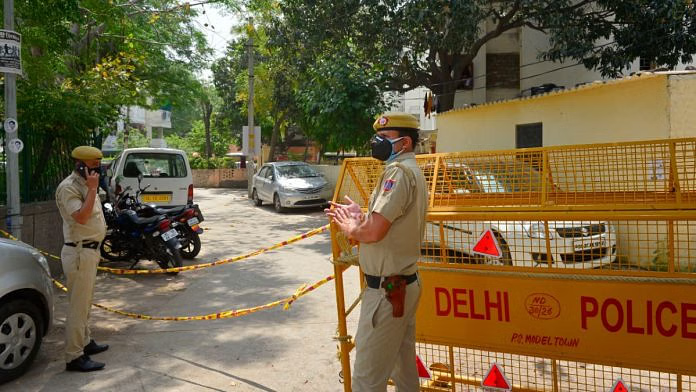Now Reading: “Don’t Watch This Nonsense”: Woman’s Reaction to Crime Reels on Raja Raghuvanshi Sparks Debate
-
01
“Don’t Watch This Nonsense”: Woman’s Reaction to Crime Reels on Raja Raghuvanshi Sparks Debate
“Don’t Watch This Nonsense”: Woman’s Reaction to Crime Reels on Raja Raghuvanshi Sparks Debate

A viral video has caught public attention where a woman sternly advises another not to watch “nonsense” social media reels related to the Raja Raghuvanshi murder case. The clip has reignited discussions around sensationalism in digital crime content and the way such videos influence public opinion. As crime stories turn into trending content, the incident raises critical questions about online responsibility.
The Viral Moment
The video shows a middle-aged woman reacting sharply after seeing another individual watching a reel on the Raghuvanshi case. “Don’t watch such nonsense,” she says, clearly upset with the tone and content of the reel. Many online users have applauded her honesty, calling it a rare moment of awareness in an age dominated by sensational content.
This spontaneous reaction has now become a talking point across platforms, especially as crime-related reels continue to trend widely on Instagram and YouTube Shorts.
Rise of True Crime Content Online
In recent years, true crime content has surged on social media, with creators turning real cases into dramatic short videos. While some aim to inform, many are edited for maximum shock value — often skipping facts or presenting unverified theories for views and engagement.
For users in Tier 2 cities like Indore, Lucknow, or Nagpur, where mobile content consumption is high, these reels often become a major source of updates — sometimes replacing verified news outlets.
Ethics vs Entertainment
The Raghuvanshi murder case, already under intense public scrutiny, has seen multiple such reels, many of which blur the lines between fact and fiction. Critics argue that the case, involving serious allegations and legal procedures, should be handled with sensitivity.
Mental health experts and educators also warn that consuming too much violent or dramatized content can affect how young users perceive real-life crime, justice, and even empathy.
Public Response and the Way Forward
The woman’s blunt response has opened up a wider conversation — should social media platforms set clearer boundaries when it comes to crime-related content? And should viewers be more cautious about what they watch and share?
Several users from smaller towns and cities have echoed similar concerns, highlighting how misinformation spreads faster in places with less media literacy. Some have even suggested reporting such reels to curb their reach.
Conclusion
As real-life crime becomes a tool for online engagement, the need for digital responsibility is more urgent than ever. The video of a woman simply urging others to be mindful of what they watch may seem small, but it reflects a larger truth — not all content deserves our attention. In a digital age where every view counts, perhaps it’s time we choose more wisely.

























